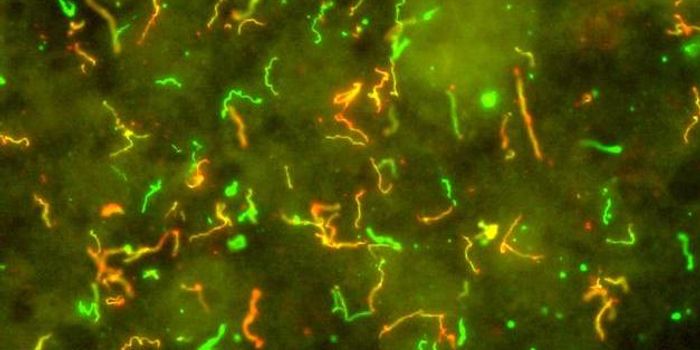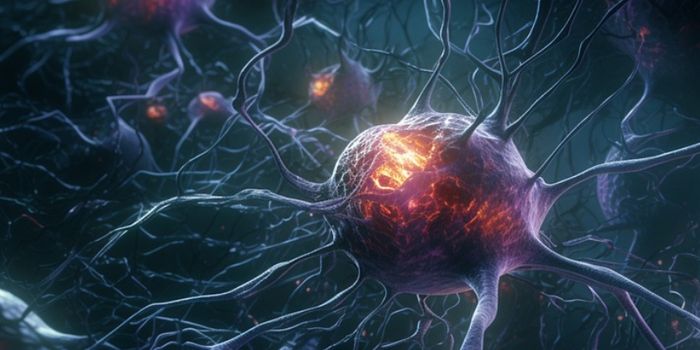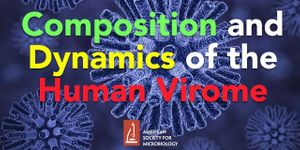Epigenetics - the study of how genetic modifications, instead of the genetic code itself, affects the expression of genes - is a growing field. Researchers trying to understand how epigenetic changes are passed from parents to offspring may have gotten some new clues from the roundworm. A
study published in the Proceedings of the National Academy of Sciences reports that scientists have observed the transmission of double-stranded RNA (dsRNA) being passed on by parents to offspring. Those double-stranded RNA molecules can have a big impact on gene expression; they are capable of silencing genes in not only the parents but also the offspring. The research is summarized inthe short video below.
Reproduction is now known to involve a little more than two parents passing on equal amounts of DNA to an offspring, in some organisms, modifications to the genome of parents during their lifetimes now appears to have an impact on the genome of offspring as well. It has been shown that stressful events like starvation or toxin exposure can alter gene expression patterns in parents. Those alterations can be passed on to the next generation as well. It is still unknown however, exactly how that phenomenon – non-genetic inheritance – happens.
In their new work, the investigators report a simple mechanism to potentially explain it, double-stranded RNA that passes from one generation to the next. "This is the first time we've seen a dsRNA molecule passing from one generation to the next," said the senior author of the paper, Antony Jose, an Assistant Professor in the Univeristy of Maryland Department of Cell Biology and Molecular Genetics. "The assumption has been that dsRNA changes the parent's genetic material and this altered genetic material is transmitted to the next generation. But our observations suggest that RNA is cutting out the middle man."
Led by Jose, the researchers marked the dsRNA using fluorescence and then inserted it into their model organism, the C. legans roundworm. They saw the dsRNA molecule move from the circulatory system of the parent, into egg cells awaiting fertilization.

It surprised the researchers to find that some of the dsRNA did not have any affect on the parent’s genome. It did not have any silencing effect because it did not match any of the parental DNA! However, it did have an effect on the DNA of the offspring, after the matching gene had been gained by the offspring from the other parent. That could mean that gene silencing by dsRNA is able to skip a generation.
"It's shocking that we can see dsRNA cross generational boundaries. Our results provide a concrete mechanism for how the environment in one generation could affect the next generation," Jose explained. "But it's doubly surprising to see that a parent can transmit the information to silence a gene it doesn't have."
Jose and his colleagues were not expecting to see such a direct influence by dsRNA on genetic expression across generations. "It's very surprising. One would think the next generation would be protected, but we are seeing all of these dsRNA molecules being dumped into the next generation," Jose said. "Egg cells use the same mechanism to absorb nutrients as they prepare for fertilization. The next generation is not only getting nutrition, it's also getting information."
The exact mechanisms by which dsRNA is able to silence genes across multiple generations still remains to be seen.
"There are hints that similar things could be happening in humans. We know that RNA exists in the human bloodstream. But, we don't know where the RNA molecules are coming from, where they're going or exactly what they're doing," Jose continued. "Our work reveals an exciting possibility—they could be messages from parents to their offspring."
Sources:
Phys.org via
University of Maryland,
PNAS


















































